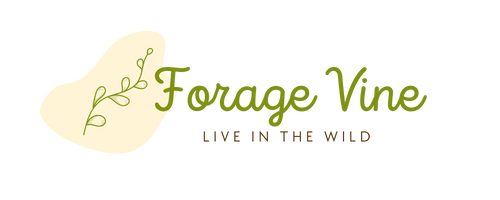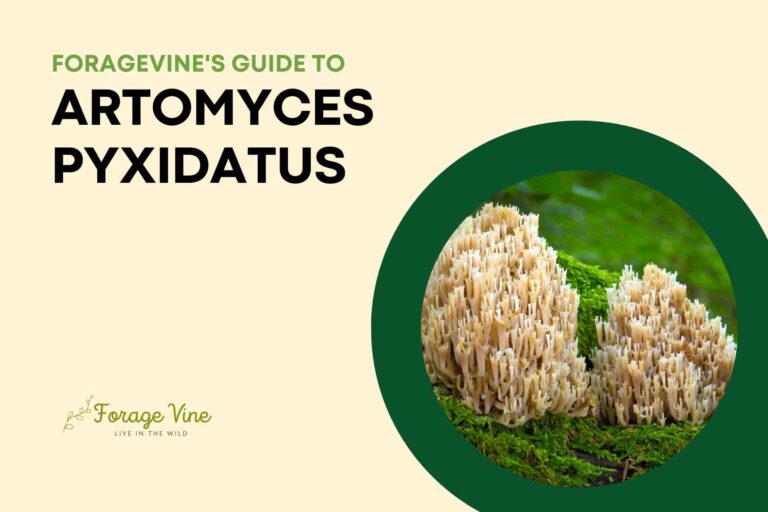Alsike Clover: How to Identify, Grow, Harvest, Store, and Eat them
Alsike Clover (Trifolium hybridum) is a legume used as a food source and crop rotation tool in many parts of the world. Recognized for its beautiful little white blooms, Alsike Clover can often be found growing in meadows and pastures. Interestingly, it’s also explicitly developed to feed cattle, improve soil fertility, and clean polluted water sources. If you’ve ever wondered what Alsike Clover looks like up close or how to grow it yourself, this guide is your ultimate resource! We’ll cover everything from identifying Alsike clover plants to harvesting them through storing and eating them – no stone unturned on this journey we’re about to take together! Hence, you have all the necessary knowledge next time you come across some natural clovers or decide to raise some yourself! So let’s dive right into understanding this unique plant species better.
What is Alsike Clover- Overview of the plant and its uses
Alsike Clover is an essential perennial legume used in many parts of the world, particularly in regions with cold climates. It’s also known as Swedish Clover and is an excellent addition to any garden due to its high nitrogen content, helping to improve the soil. While it can be eaten, the leaves do not have the same nutritional value as other legumes: they lack protein, vitamins, and minerals. However, they still make a great addition to salads or as fresh garnishes, adding texture and flavor. For those who are looking for something a bit different from their usual vegetable gardens, Alsike Clover may just fit the bill! Not only does it provide nitrogen for your plants, but it also provides beautiful white flowers come summertime, which adds color and texture to your landscape.
How to Identify Alsike Clover – Differentiating between different species and what to look out for
Alsike Clover is a unique forage, which can be hard to identify amongst other legumes in fields or flower beds. It has white flowers and distinctive round leaves with rounded tips. Alsike clover also has tiny hairs covering the surface of its stems and leaves, which can aid in its identification. However, it is essential to note that many types of clover look similar, such as red or sweet white. Differentiating between the species requires careful examination of the growth habit and shapes of their leaves and flower petals and research into the compost they need to thrive. This Ultimate Guide to Alsike Clover will discuss these aspects in more detail, helping you accurately differentiate between various species and quickly identify where this prime forage grows in your area.
How to grow Alsike Clover- Tips and tricks for optimal growth
Growing Alsike Clover can be a fun and rewarding experience, whether you’re looking to raise animals on your land by grazing livestock or hoping to attract beneficial predators with beautiful fields and blooms. Growing Alsike Clover is a relatively simple process. However, success and optimal growth can be improved by following a few simple tips. First, ensure your soil is loose and free from any rocks or other debris that might inhibit its growth. Then add fertilizer or compost so that it has plenty of nutrition for successful planting. Next, sow the seeds during early spring when temperatures are still cool, and the soils will be moistened early in the season when there’s more humidity in the air. Finally, water heavily immediately after planting to give them an easy start and continue watering every 7–10 days, as well as regular mowing to control weed competition while providing nutrients back into the clay. Following these steps will have you well on your way to growing lush fields of Alsike Clover throughout the season!
How to Harvest, Store & Eat Alsike Clover- Benefits of incorporating them in your diet
Alsike Clover is a nutritious and delicious addition to many diets. Moreover, harvesting, storing, and eating Alsike Clover is quite simple. When the clover heads are fully mature and plump with seeds, it’s time to reap them! Cut the tops of the stems where most flowers can be located. When dried, the clover heads can be stored in an airtight container. Eating Alsike Clover is easy – sprinkle it over salads, cereals, or soups. Their earthy taste adds zest and flavor while providing essential vitamins and minerals like calcium and iron. Long-term consumption of Alsike clover has been linked to reducing harmful cholesterol levels and decreasing arthritis pain associated with inflammation. It truly can make any diet healthier!
Common Pests & Diseases – Learn how to protect your Alsike Clover from harm
When growing any plant, pests, and diseases are always a concern. Alsike clover is no different–many of the pests and diseases that affect other clover species also impact this type of vegetation. To protect your Alsike Clover from undesired harm, it is crucial to identify the common signs of infestation, including yellow leaves with distinctive black spots and a weblike coating on the leaves or stems. Additionally, when dealing with isolated infestations of common insects such as slugs or aphids, it helps prevent their return using methods such as organic sprays or nematodes. You can also keep the disease from spreading throughout your crop by properly storing harvested clover and not breaching new strains in the same field. With proper forethought and need, you should be able to effectively avoid any unwanted harm coming to your Alsike Clover crop.
Recipes Using Alsike Clover – Delicious recipes to try!
Alsike clover, with its delicate white flowers and nutrient-rich leaves, is an excellent addition to many recipes. Its cousin, the red clover, is used more often in cooking, so don’t feel limited! You can create flavorful, fresh, and genuinely unique appetizers, soups, and salads with the right ingredients. Looking for something extra special? Try making an Alsike clover pesto to top pizzas or pasta dishes. You can even get creative and make summer mocktails like an Alsike clover lemonade for a delicious twist on your classic favorite!
In conclusion, Alsike Clover is an excellent plant for green thumbs looking for a hardy and common clover. With its many uses, alsike clover can be used as a cover crop, animal fodder, food source, or just an ornamental garden addition. It is easily identifiable with its elegant white and pink flowers, and there are not many more rewarding experiences than foraging your homegrown alsike clover to use in your recipes. You can successfully grow and identify this plant by following the tips provided in this Ultimate Guide to Alsike Clover. Whether you’re new to gardening or an experienced green thumb, using alsike clover in your garden will bring countless hours of enjoyment while providing delicious culinary options and a plentiful food source to look forward to!

